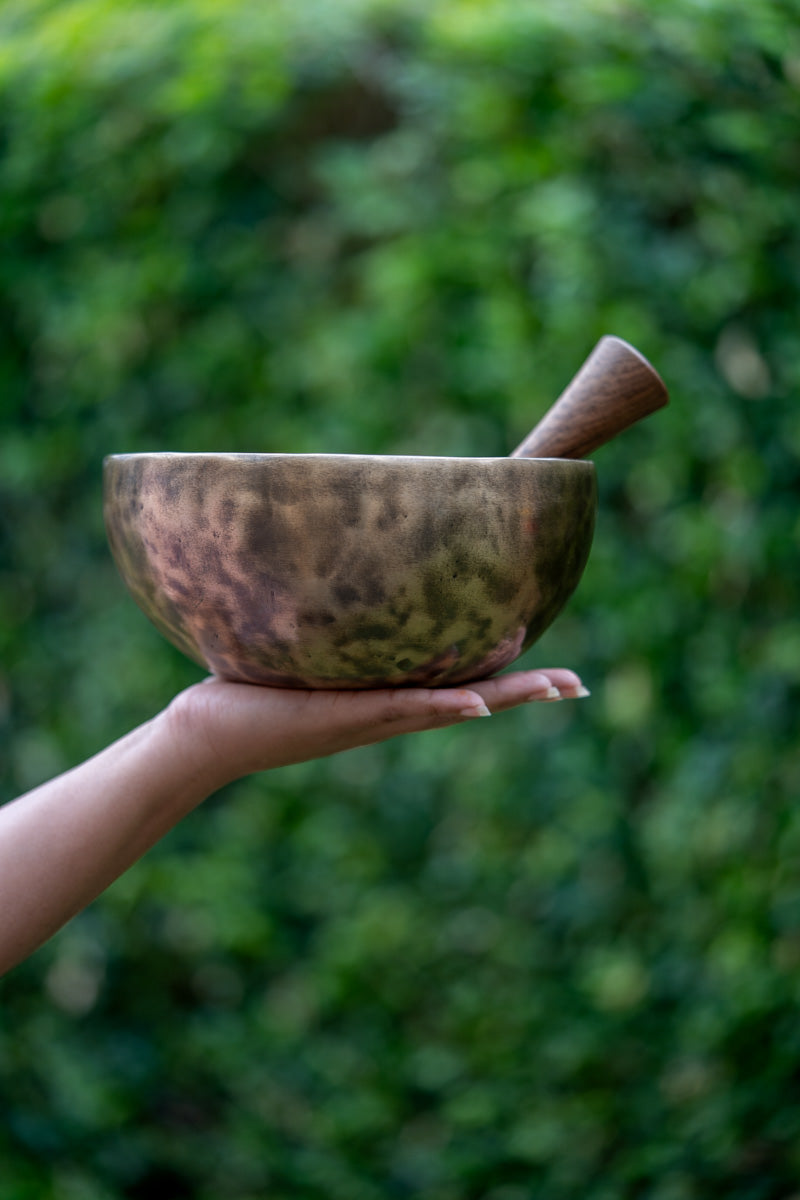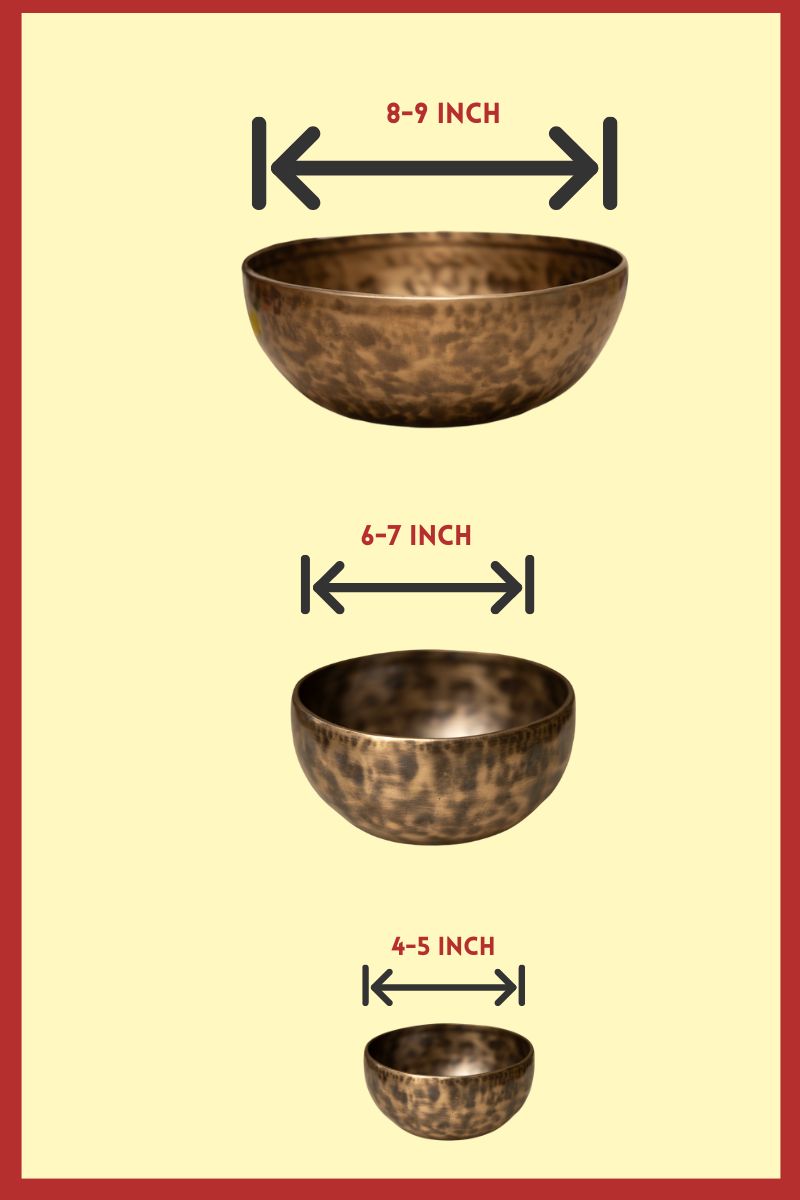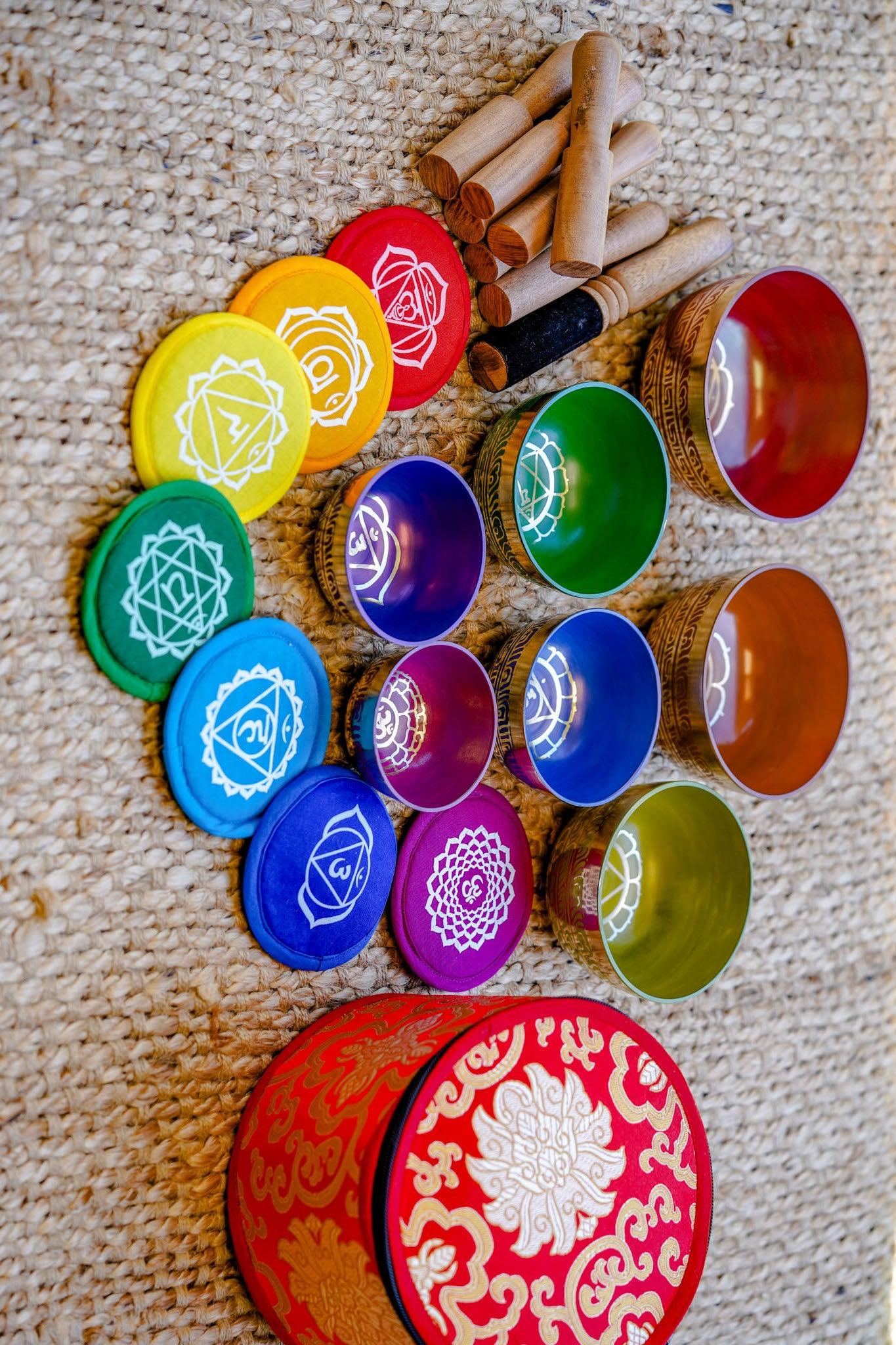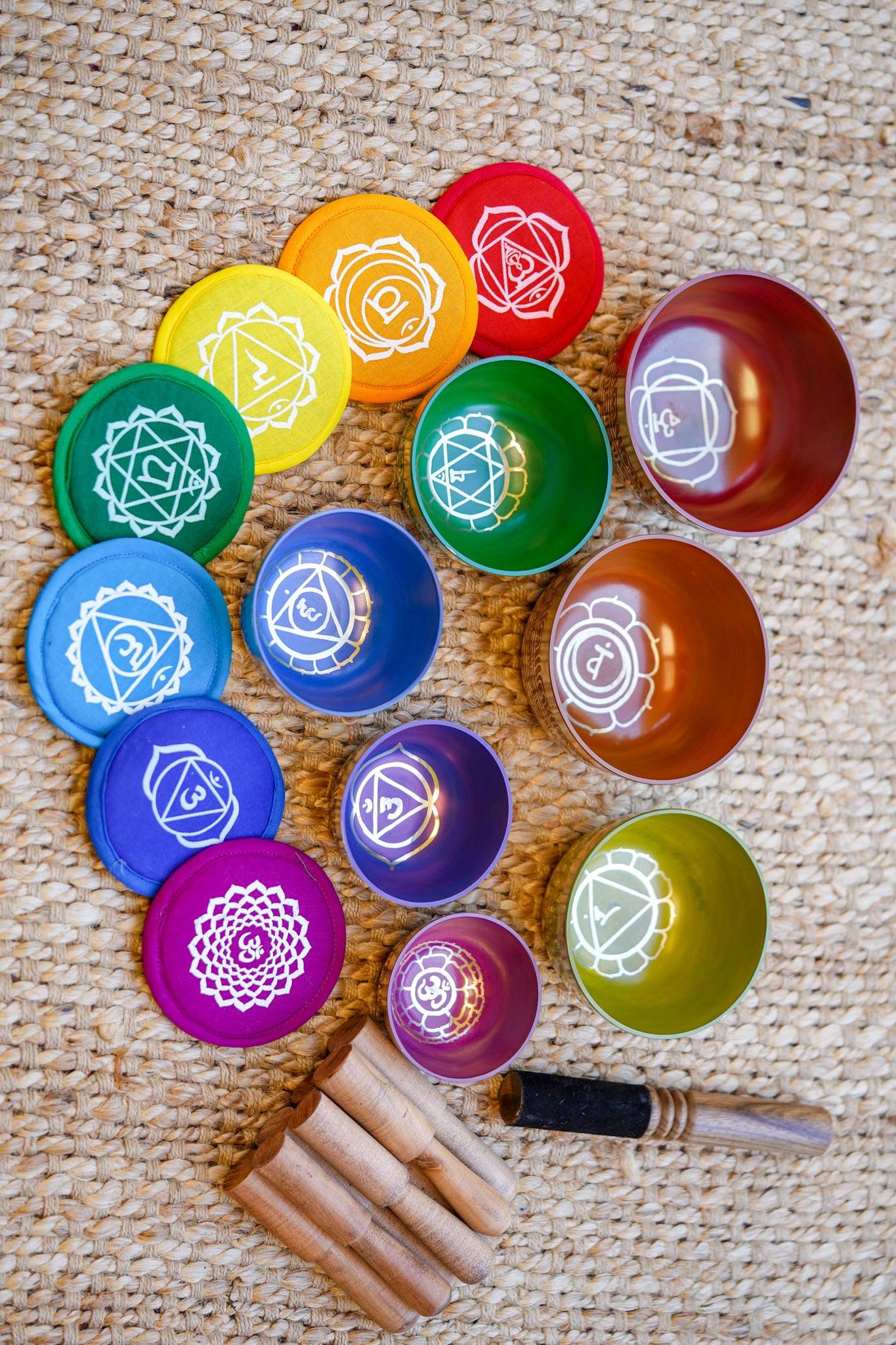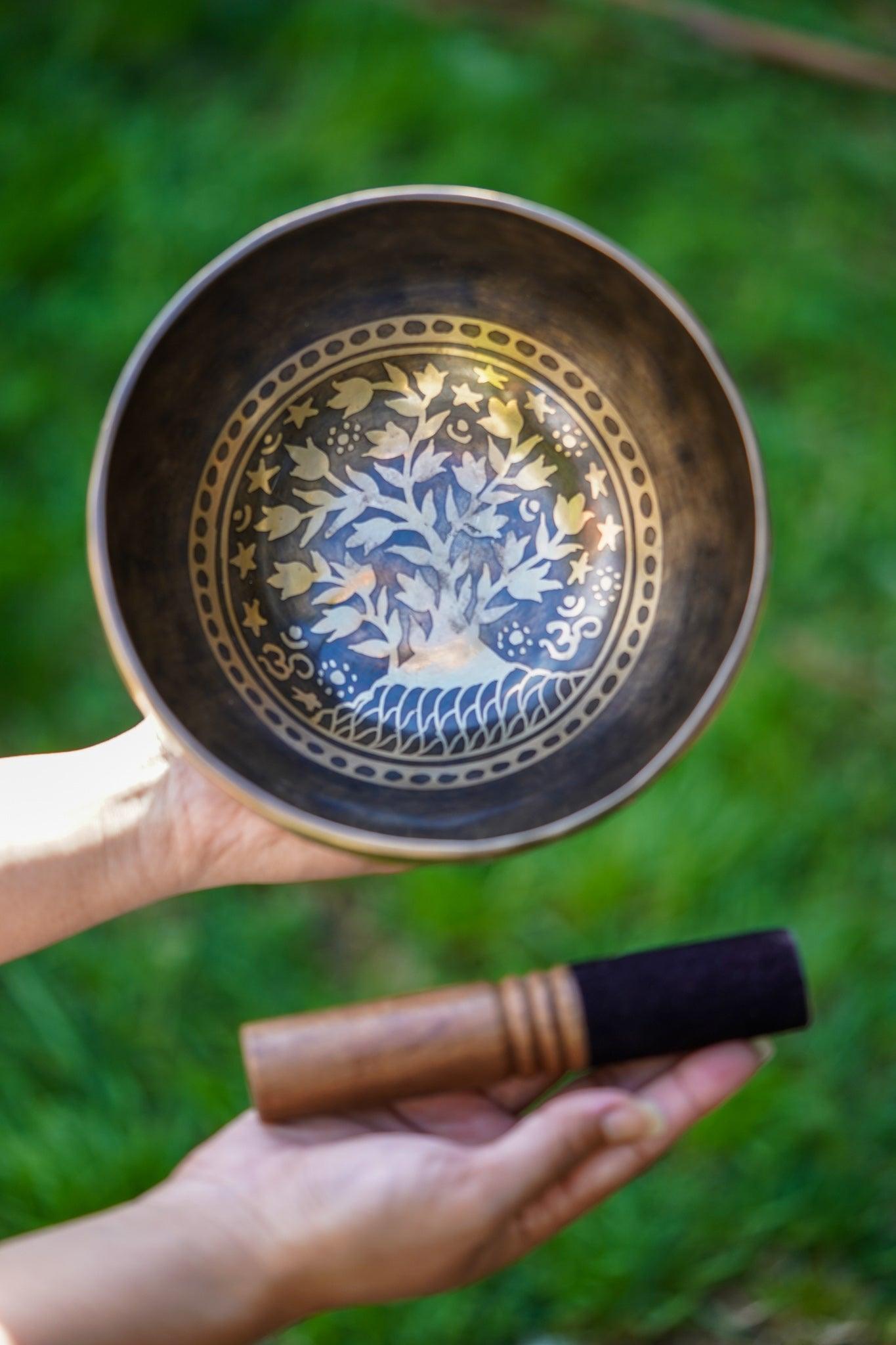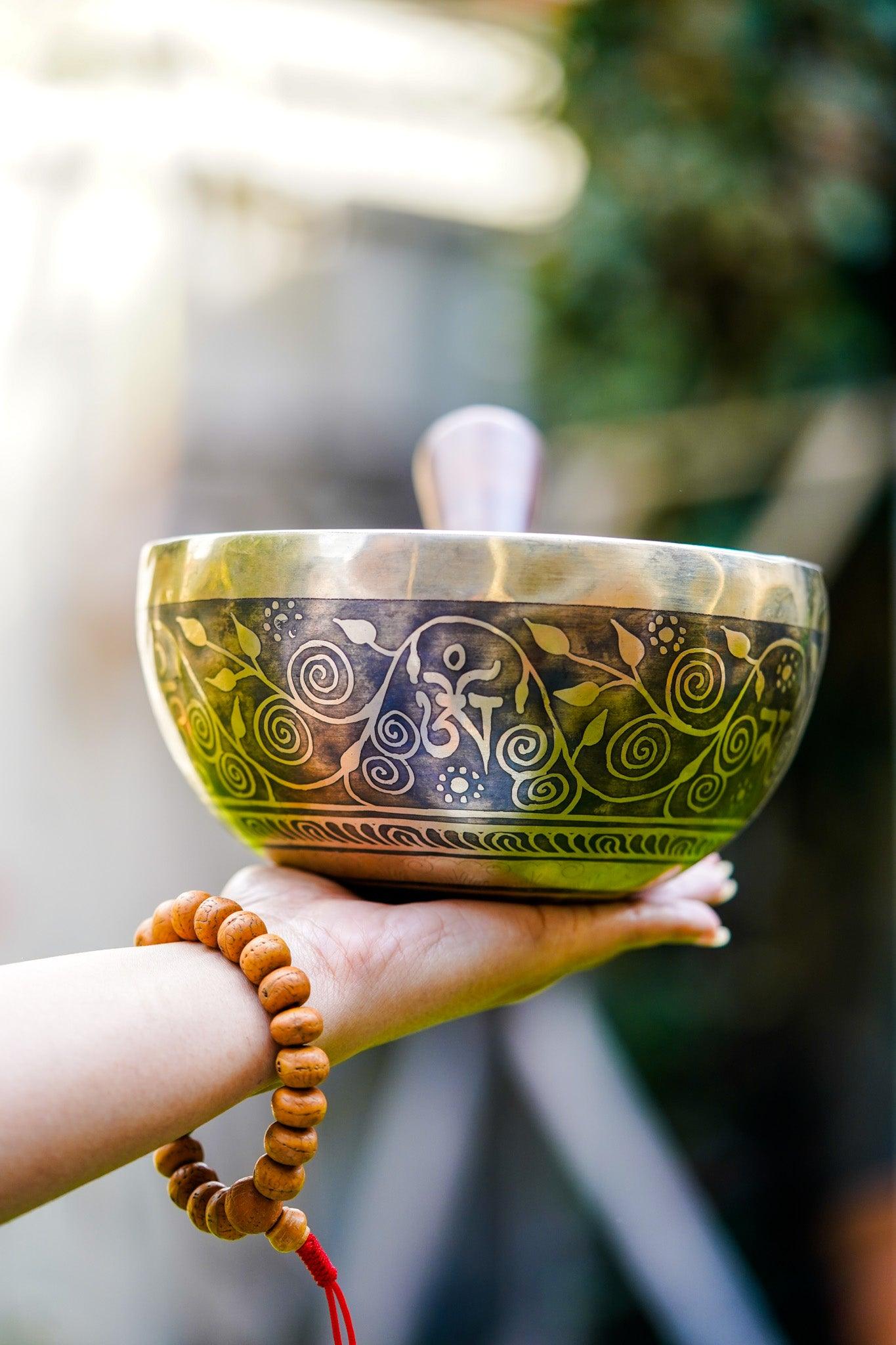Buddha Purnima Jayanti - A day to celebrate Lord Buddha Birth, Enlightenment and Death (Mahaparinirvana)
Buddha Jayanti or Buddha Purnima is the day where people celebrate the three most important day of Lord Buddha the Birth, Enlightenment and Death (Mahaparinirvana). It is special day for both Hindus and Buddhists. According to Hindu calendar this day falls in Baishakha Sukla Purnima which is during April or May of English Calendar. As of this year in 2020, Buddha Jayanti falls on May 7 and it is the 2582nd Birth anniversary of Lord Buddha. It is most sacred day in Buddhism and Hinduism. Hindu believes Buddha to be the Ninth incarnation of Lord Bishnu as indicated in scriptures.
Lord Buddha was born in Lumbini Nepal as a Prince Siddhartha Gautam in 5th or 6th century BC. The newly-born Prince is believed to have taken seven steps and uttered a timeless message to all humanity. It is believed that this happened in the beautiful Sal grove, which is now the focal point of the Lumbini Garden area. As per widely held beliefs, Maya Devi, the Queen of Shakya King Suddhodhana of Kapilvastu, gave birth to the Prince Siddhartha while passing through the Lumbini Garden, on the day of "Baishakha Poornima" (full-moon day of May) in 623 BC.
The Queen is believed to have taken a bath in Pushkarini (the Sacred Pond) and taken support of a tree branch in anticipation of the delivery, before giving birth to the little infant, who went on to become the Buddha.
Growing up, the Buddha was exceptionally intelligent and compassionate. Tall, strong, and handsome, the Buddha belonged to the Warrior caste. It was predicted that he would become either a great king or spiritual leader. Since his parents wanted a powerful ruler for their kingdom, they tried to prevent Siddharta from seeing the unsatisfactory nature of the world. They surrounded him with every kind of pleasure. He was given five hundred attractive ladies and every opportunity for sports and excitement. He completely mastered the important combat training, even winning his wife, Yasodhara, in an archery contest.
One day, after growing up, marrying and having a child, Siddhartha went outside the royal enclosure where he lived. When he went outside he saw, each for the first time, an old man, a sick man, and a corpse.
This greatly disturbed him, and he learned that sickness, age, and death were the inevitable fate of human beings - a fate no-one could avoid.
At the age of 29 he left his throne, family and all the luxury then began his quest for enlightenment after seeing the extent of human suffering outside the four walls of his palace. He became enlightened while meditating under a sacred fig tree at Bodhgaya, which is in Bihar India today and is believed to have lived and taught mostly in Nepal and India. Buddha is believed to have passed away at Kushinagar in Uttar Pradesh, India at the age of 80.
Rituals and practice of Buddha Jayanti
Buddha Jayanti is a celebration of Buddhist teaching of non-violence and no kills. The Buddhism has five principles known as ‘Panchasheel’. On this day, Mahabodhi Temple is beautifully decorated and many special events are held. The Bodhi tree (a tree where Buddha got his enlightenment) is decorated with flowers, prayer flags, lamps and other decorative. People offer food and cloth to the needed ones. In some place they even free the caged birds. Following the path of non-violence, followers of Buddha avoid meats on this scared day.
On this day, followers of Buddha visit the major Mahabodhi temple in Lumbini-Nepal, Bodh Gaya- India. All the monasteries around the globe is decorated and celebrates doing prayer session, meditation, procession, sermons and speech by monks.
Teaching of Buddha
I. Principle of Buddha
There are five basic principle to the path of Buddha known as “Panchasheel” of “Five Precepts”. They are as follow:
- Not to take life of any living beings
- Not to steal
- Not to lie to anybody
- Not to consume liquor
- Not to engage in adultery
II. Buddha’s Four Noble Truth
- Life means suffering
- Origin of suffering is attachment
- The cessation of suffering is attainable
- The path to the cessation of suffering
III. The Noble Eightfold Path
- Right View
- Right Intention
- Right Speech
- Right Action
- Right Livelihood
- Right Effort
- Right Mindfulness
- Right Concentration
IV. Buddha Mantra
These three chanting that Buddha has given means:
‘Buddham Saranam Gachchami’ means that the disciple is now surrendered to the Buddha, the enlightened one since this is the first step in any one’s spiritual journey. To surrender to a Guru. Here the Guru is Buddha. The awakened one.
‘Dharamam Saranam Gachchami’, the disciple now surrenders to the Dharama. The Cosmos equation. The law of nature. The law of creator. Mind you, no particular God or Goddess are referred here. Only Dharama. The Cosmos laws. The disciple has reached, he is now one with the Cosmos.
‘Sangham Saranam Gachchami’, Sangh of what, Sangh means the club, the club of what, the club of all enlightened ones. Those who have attained enlightenment till date, the club of them. Not the any club formed by us. A club where all enlightened ones becomes member when they attained this. Be it Jesus Christ, be it Shankaracharya, be it Ramkrishna Paramhansa, be it Krishna, be it Sadhguru, be it Osho, be it Buddha himself or be it Mahavira. The disciple now surrenders to this club, the Sangha for expressing his gratitude that by being enlightened themselves, they have shown the way and made it possible for us to achieve the ultimate.


